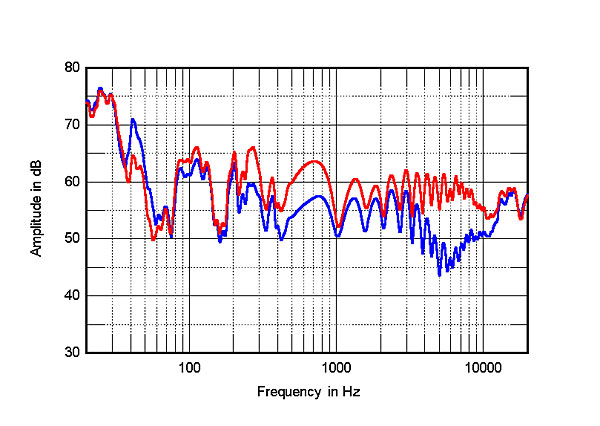| Columns Retired Columns & Blogs |
Hi Kal
Nice read about Dirac Live. It sounds like, that I should try this also in the next weeks or months or so. When I read your article about DSPeaker over a year ago, I needed to buy one and try this also and it worked very well in the bass. So your actual writing about Dirac Live makes me want to do the same with Dirac Live. So thank you for your writing.
Best Regards
Juergen
BTW: Will anyone from your team attend the next week coming Munich High End show?








































